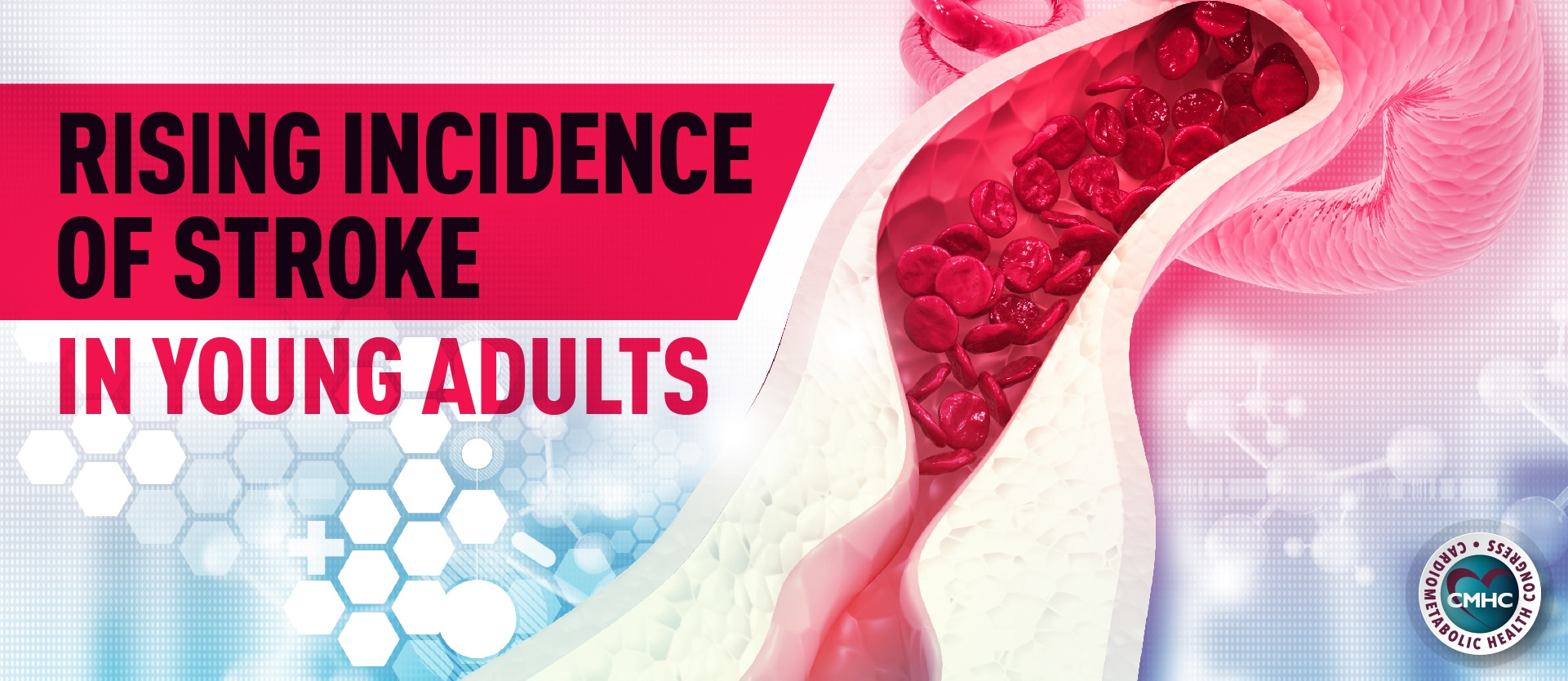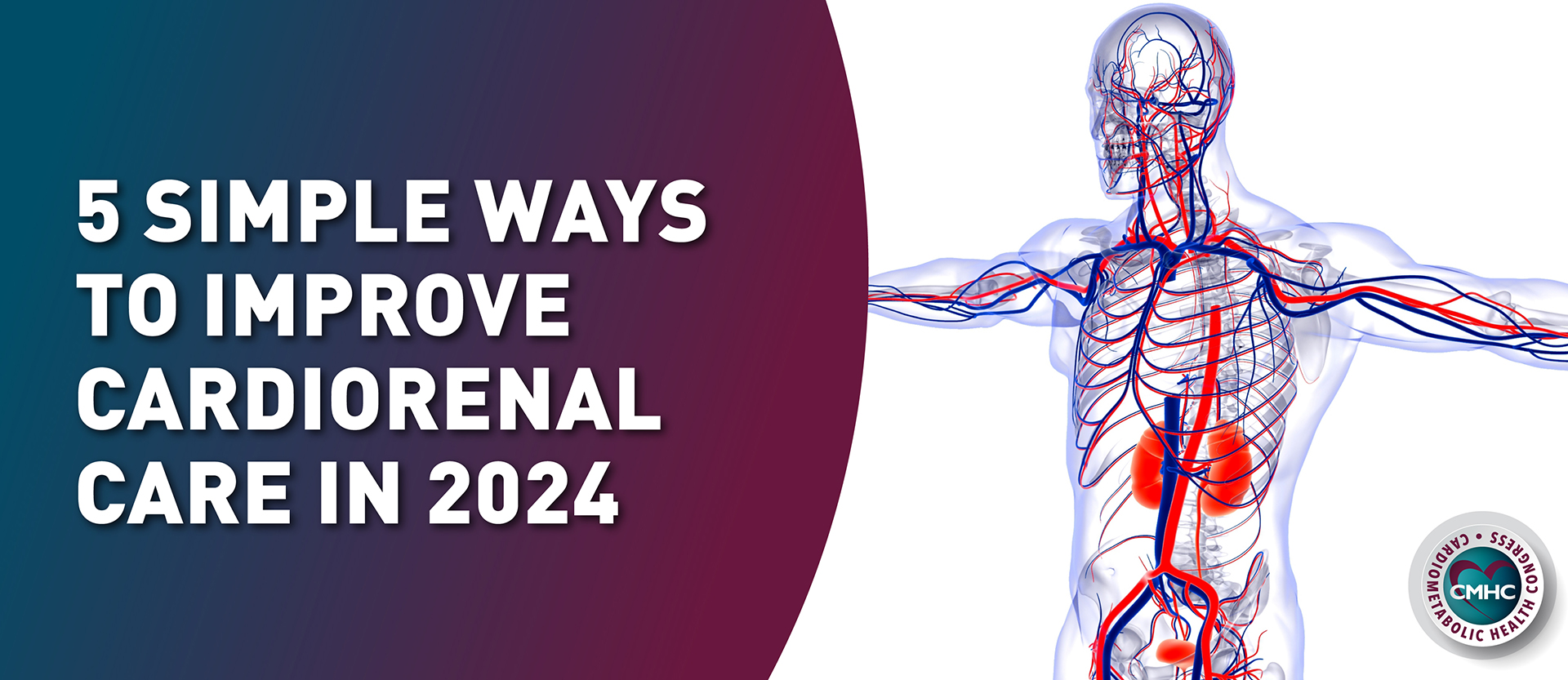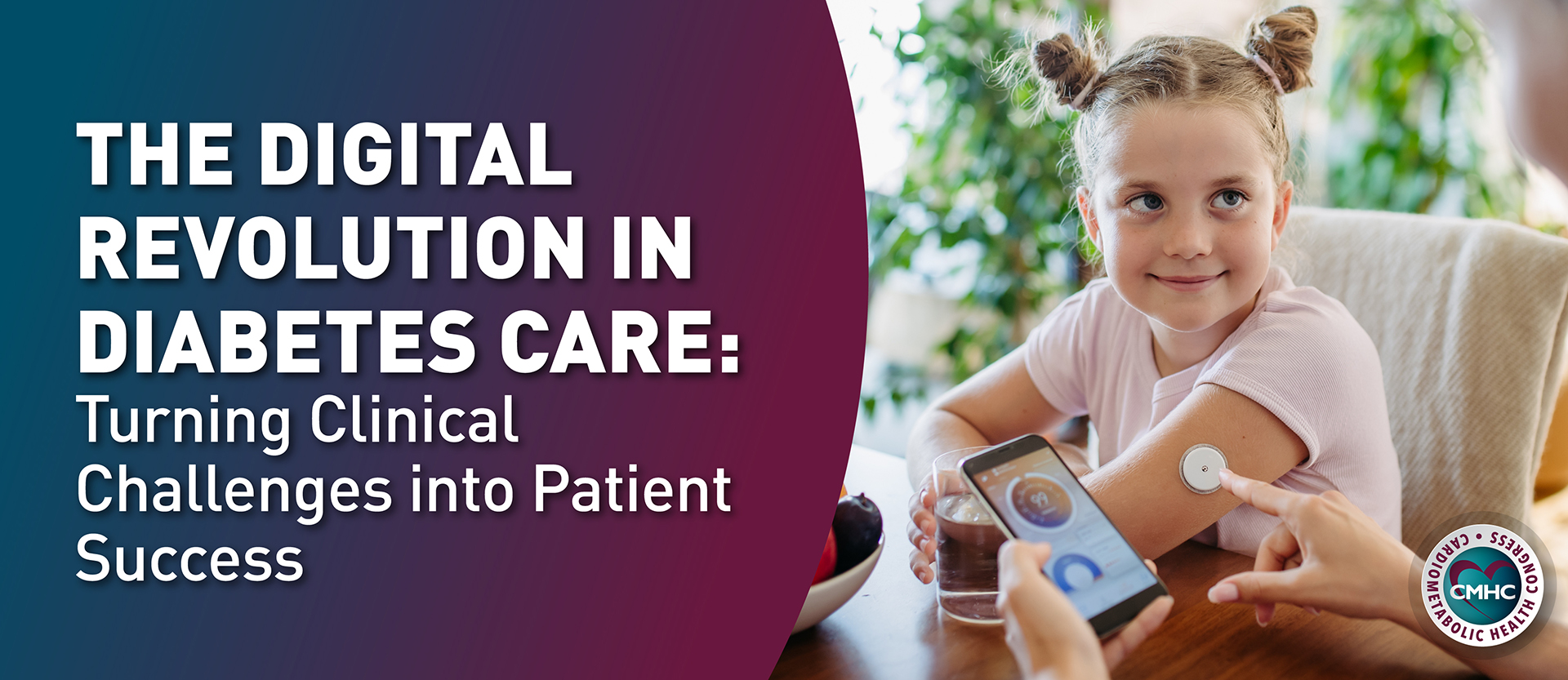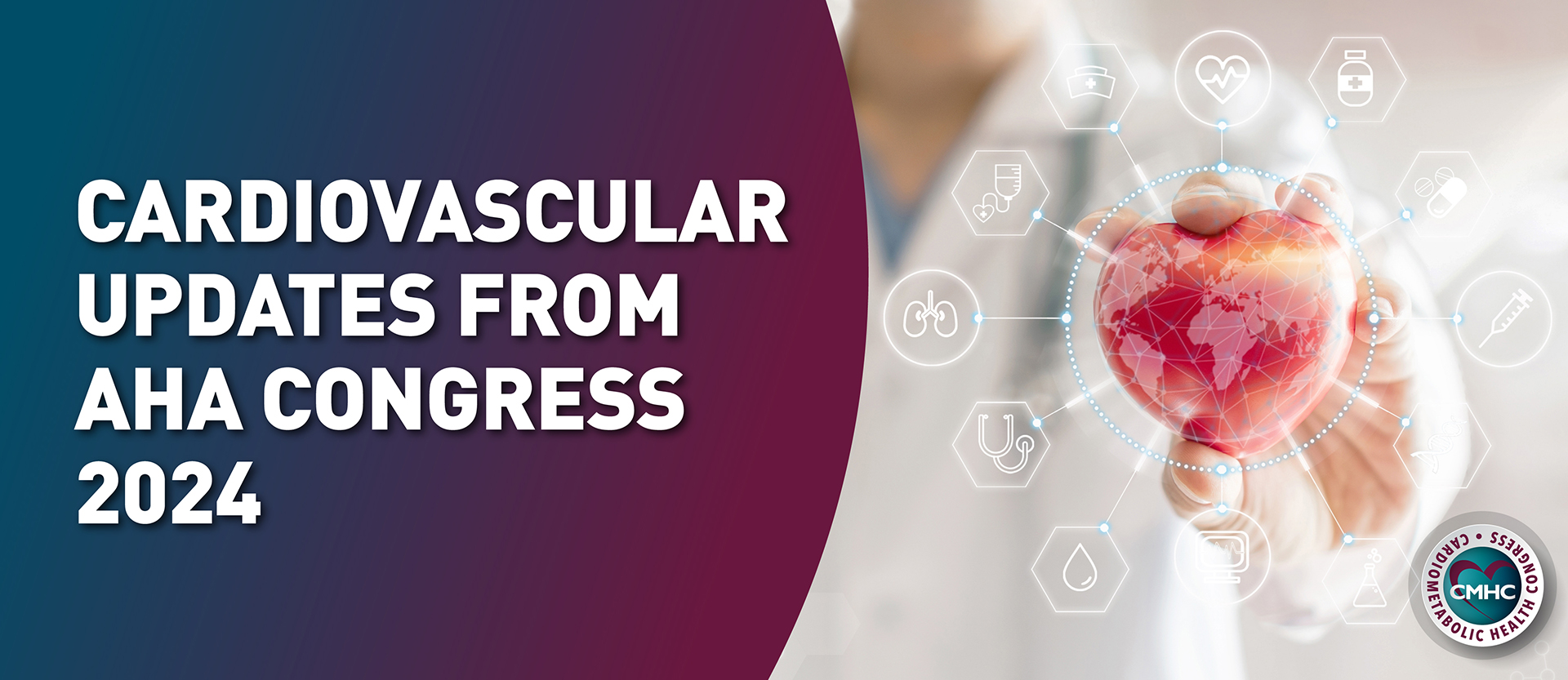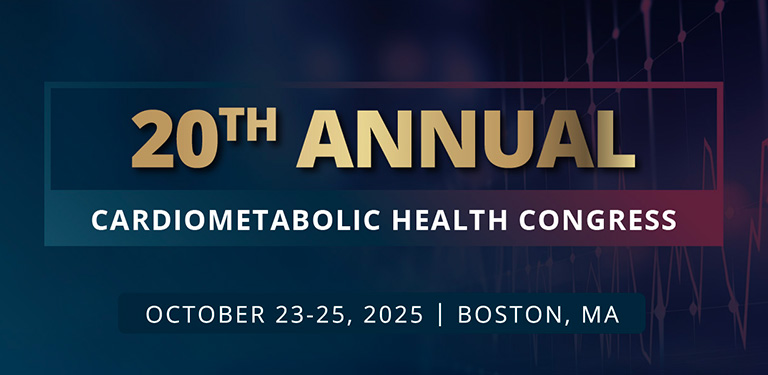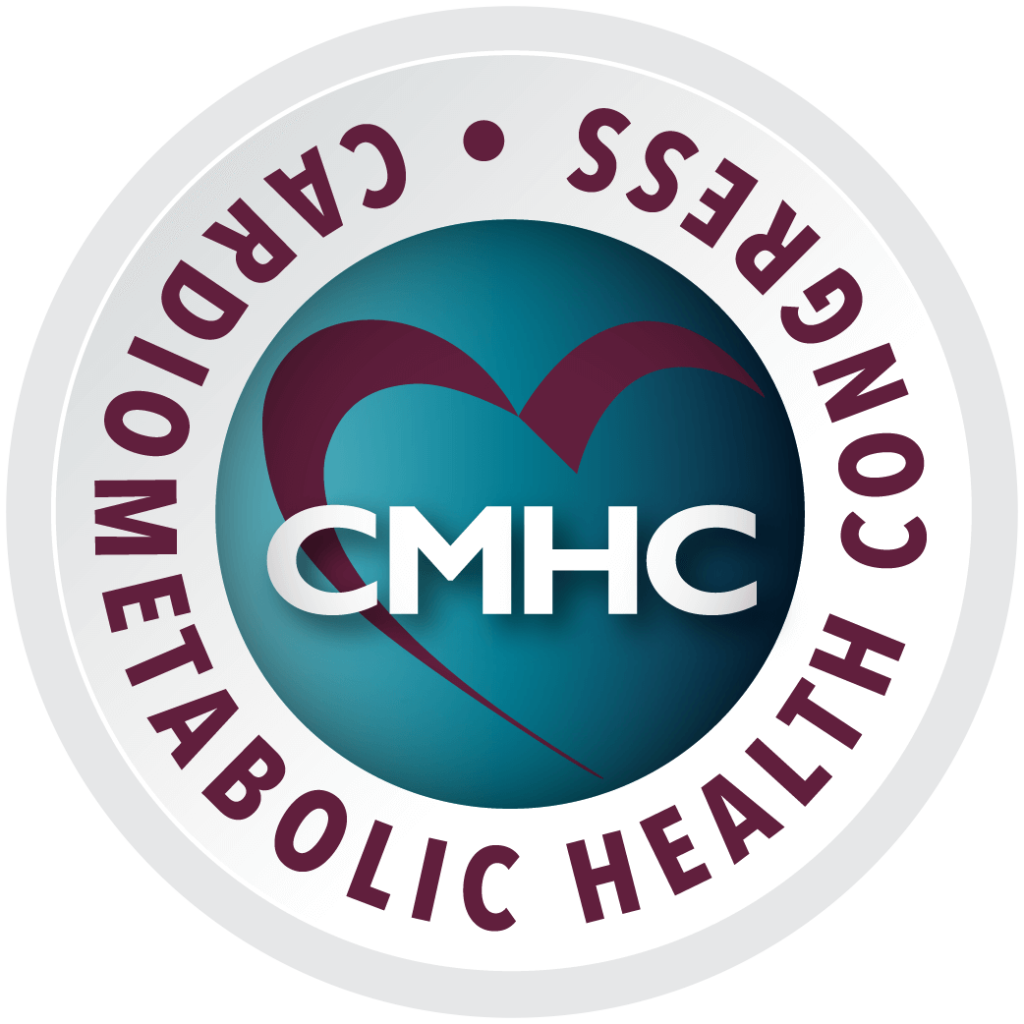Although declining in older adults, the incidence of stroke is increasing in younger adults in comparison with acute myocardial infarction (AMI) rates which remain stable. While the prevalence of cardiovascular risk factors in young adults may be on the rise, if they were the cause of increased stroke incidence changes in AMI rates would be expected as the two are analogous diseases. A new analysis raises the question of whether cardiovascular risk factors are the main cause of increasing stroke incidence among younger patients.
“It has been a mystery why the number of strokes in young adults has been growing,” Michelle Hu Leppert, MD, assistant professor of neurology at the University of Colorado School of Medicine in Aurora, told Medscape Medical News. “This is a trend seen worldwide.”
Incidence of Stroke and AMI
In order to investigate the rising incidence of stroke, researchers retrospectively analyzed a 10% random sample of patients from the PharMetric Legacy – a nationally representative claims database. Patients were between 15 and 44 years of age, enrolled continuously for at least 6 months between 2001 and 2014. Primary outcomes measured were incident stroke and incident AMI, which were defined as the first hospital admission ischemic stroke or AMI as the primary diagnosis. The team included approximately 3 million patients in their analysis, categorizing patients into 3 age groups: 15-24 years, 25-34 years, and 35-44 years.
Growing Rates of Young Adult Stroke Cases
Within the data sample, there were 1,720 index strokes and 1,848 index AMIs. Among the 25 to 34 year age group, the incidence of stroke increased by up to 48% over 10 years while among those aged between 35 and 44 years, stroke incidence increased by 28% over the same span of time. The research team also analyzed the population and outcomes by gender; over the 10 years stroke incidence increased by 34% in men between 35 and 44 years of age and much more significantly by 59% in women aged between 25 and 34 years.
Causes and Non-cardiovascular Factors
Although AMI is caused by cardiovascular disease in young adults, stroke incidence in this demographic may result from many other causes including non-cardiovascular risk factors.
“We can think of the portion of strokes in young adults resulting from cardiovascular risk factors to be analogous to AMIs in young adults. The most popular belief prior to our study was that the piece of the pie representing strokes resulting from cardiovascular risk factors has been getting bigger,” Dr. Leppert told Medscape Medical News. “We were able to show in this study that this belief may not be true.”
Researchers believe that the proportion of strokes resulting from non-cardiovascular risk factors could be on the rise while increased detection and diagnosis of stroke may also contribute to the apparent increase in incidence. Diagnostic testing and MRIs have become more widespread procedures and knowledge within the general population of stroke symptoms has also expanded.
As the study did not evaluate stroke etiology or take into account the ethnic composition of the sample, further investigation is needed to determine whether shared risk factors may be involved in the rising stroke burden. At the same time, the stable incidence of AMI among young adults in comparison to stroke rates prompts further questions. The alarming results are a call to action urging healthcare professionals to diagnose early and treat cardiovascular risk factors as well as increasing attention to rare causes of stroke – hypercoagulability, HIV, dissection – preventative interventions.
There is an evident need to identify traditional risk factors in younger demographics and prioritize strict targets as well as preventative interventions for improved risk factor control. Clinicians will have the opportunity to learn from leading experts and dive into practical strategies for the management of cardiometabolic health in pediatric patients at the upcoming CMHC Masterclass, Addressing Cardiometabolic Risk in Children and Adolescents: Challenges and Solutions taking place on January 28-29th, 2021.


